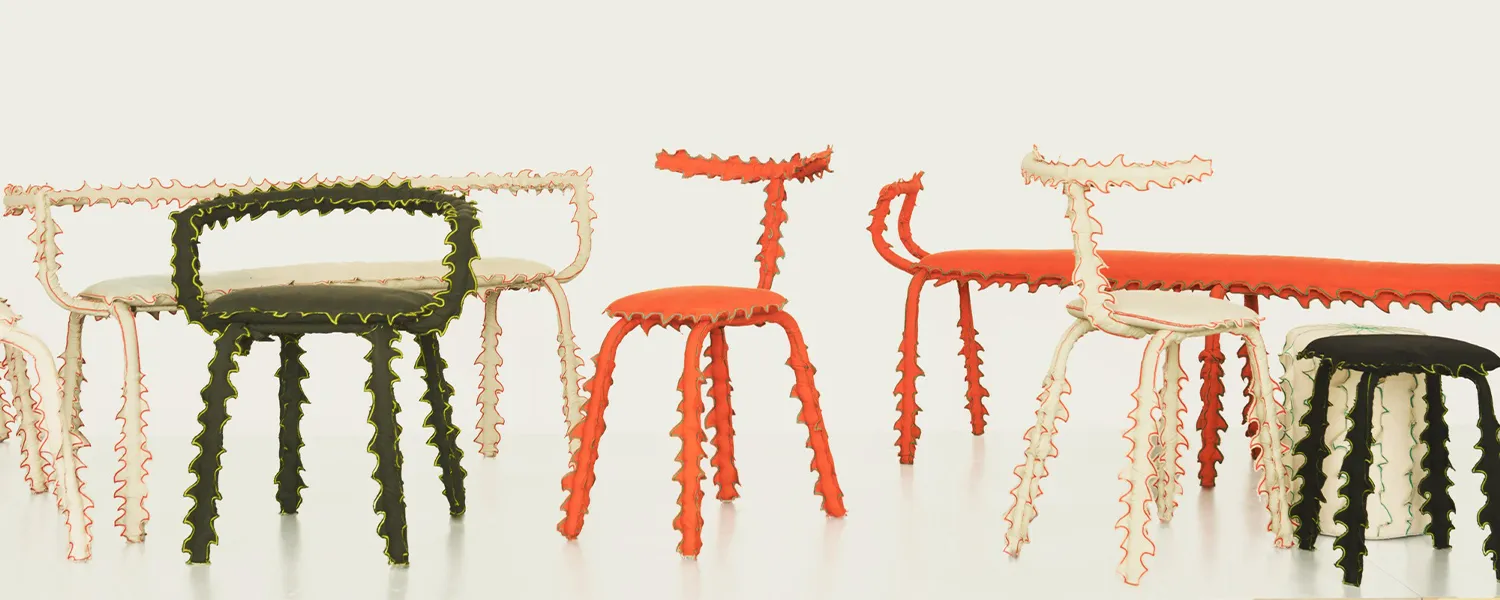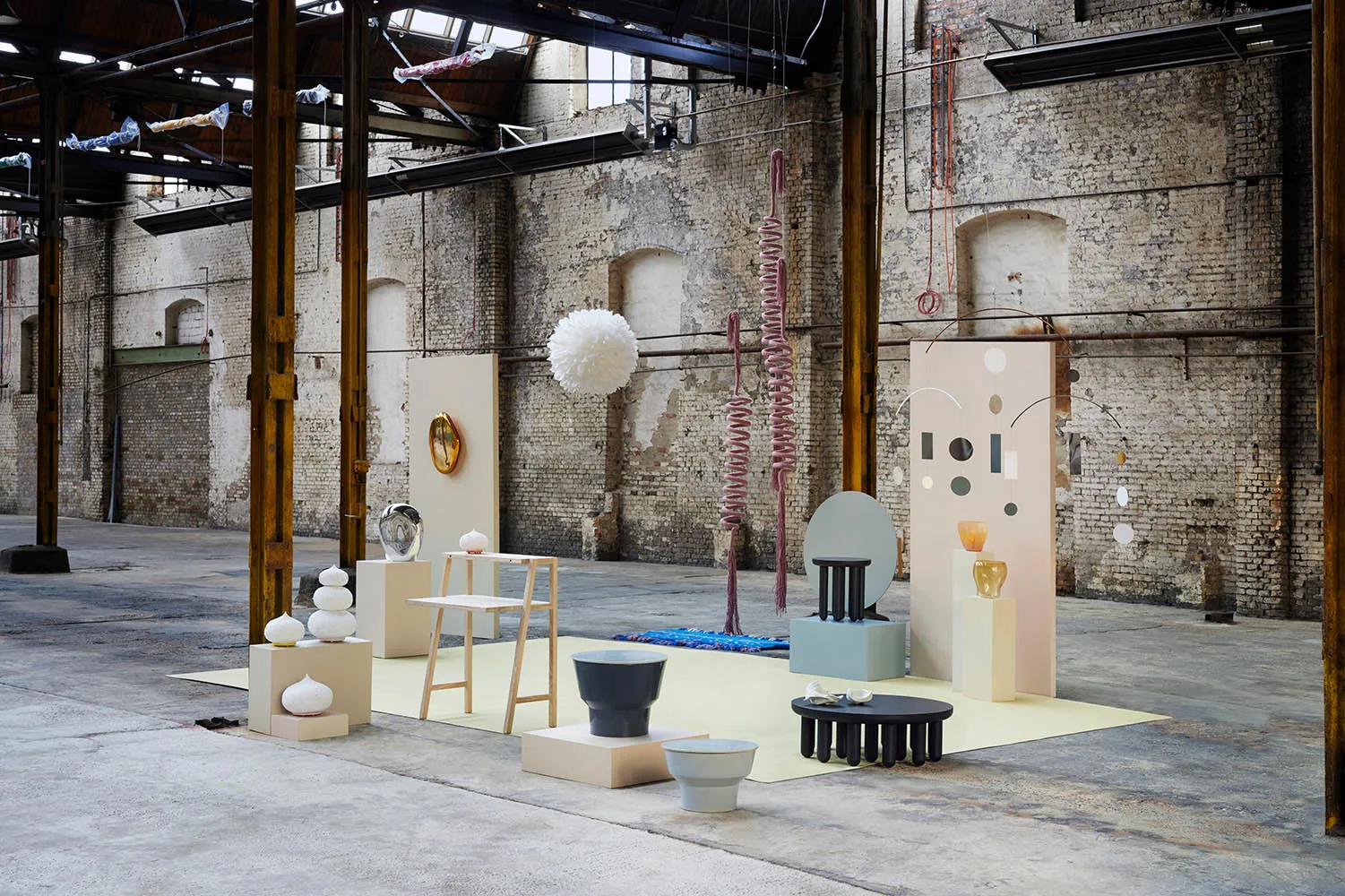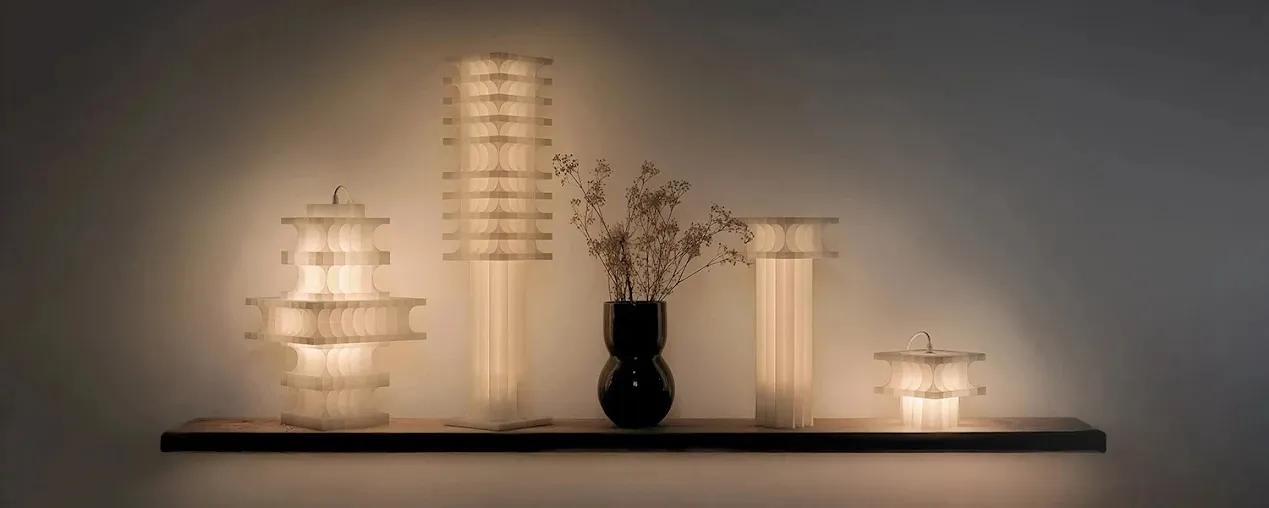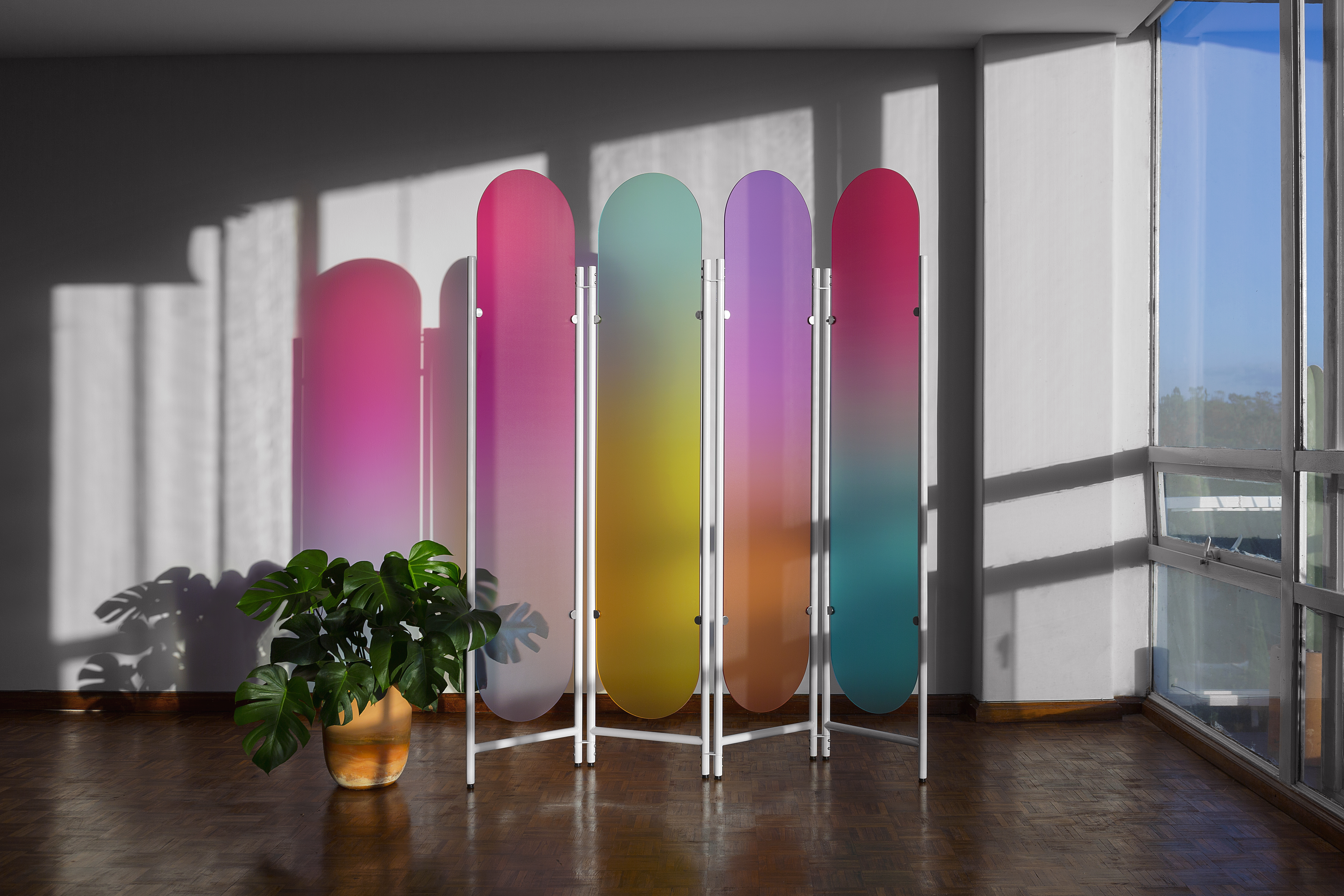
Room Dividers Through the Ages: A History of Utility, Style, and Cultural Exchange
Room dividers have a history that often flies under the radar, evolving from practical solutions to cultural and aesthetic icons. While less common today, they remain worthy of renewed attention for their unique ability to balance function and beauty, walking the line between utility and art. We, for one, would love to see room dividers make a comeback—and we don’t think it’s entirely out of the realm of possibility!




Origins of Room Dividers in Ancient China & Japan
Room dividers emerged in ancient China during the Han Dynasty (206 BCE–220 CE) as practical innovations that also served as canvases for artistic expression. These early screens addressed tangible needs—controlling drafts, creating privacy, defining spaces—while featuring cultural narratives through painting and calligraphy that communicated social status and aesthetic values. A design piece like this, rooted both in function and fashion, is particularly notable. A divider, much like a wall, becomes a natural canvas, making it a space for art as much as utility.
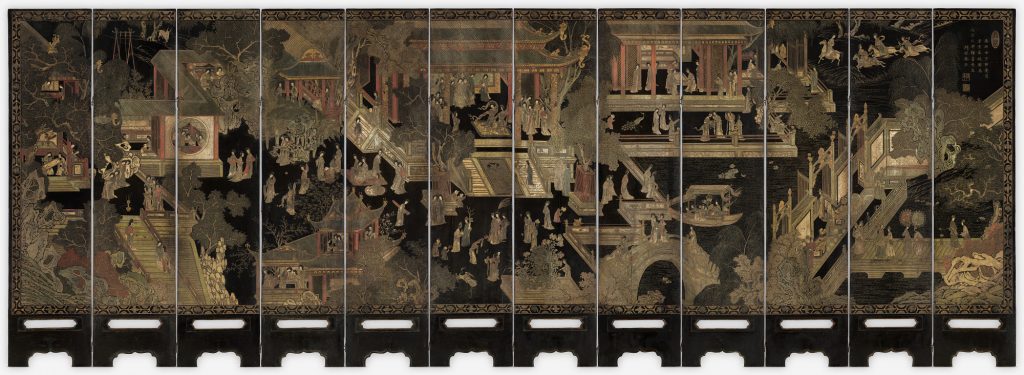

In Japan, this concept evolved into the sophisticated byōbu (folding screens) during the Heian period (794–1185 CE). These screens became fundamental to Japanese spatial philosophy—objects that transformed interiors in response to seasonal shifts, social gatherings, and ceremonial needs. They operated within a complex framework that valued the interplay between concealment and revelation, shaping not only physical spaces but cultural experiences.


Room Dividers Guiding Cultural Exchange
The introduction of Eastern screens to European courts in the 17th and 18th centuries reveals the complexities of cross-cultural exchange. Western societies often focused on the aesthetic appeal of these objects, detaching them from their original functional roles. This selective appropriation reflects a broader trend, where Eastern innovations—such as porcelain and textiles—were embraced while their cultural and practical contexts were stripped away.
In Europe, room dividers became symbols of aristocratic taste and cosmopolitan sophistication. Historical trade records document the high prices paid for authentic Eastern screens, and European imitations soon emerged. However, these versions often simplified or distorted the original designs to suit Western tastes. This transformation illustrates how cultural objects can undergo profound reinterpretations, becoming symbols of “exotic” allure rather than authentic carriers of their cultural origins.
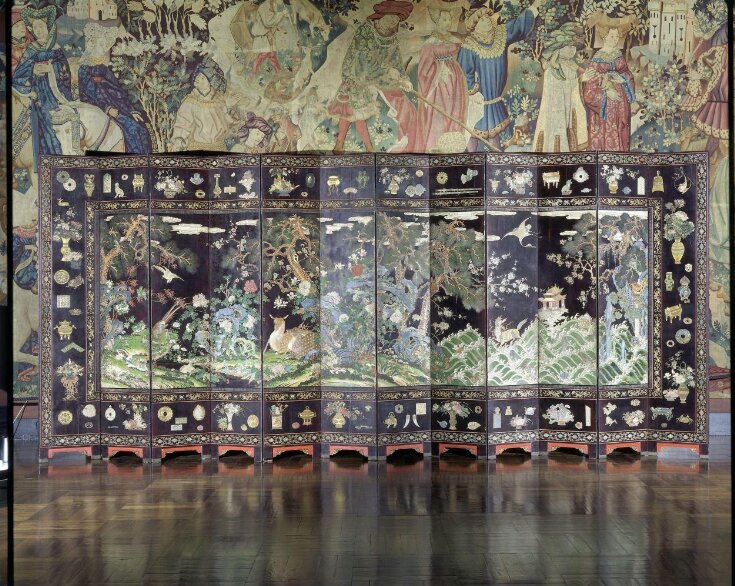

Dividers and the Aesthetic Movement
The Aesthetic Movement of the late 19th century, with its radical belief in “art for art’s sake,” found in room dividers the perfect embodiment of this philosophy. Unlike their Eastern counterparts, which balanced both functional and aesthetic purposes, Victorian room dividers were celebrated for their beauty as much as—if not more than—their functionality. While they still served practical benefits—creating dressing areas, reducing drafts, or establishing conversational zones—these dividers also became celebrated objects of visual delight.


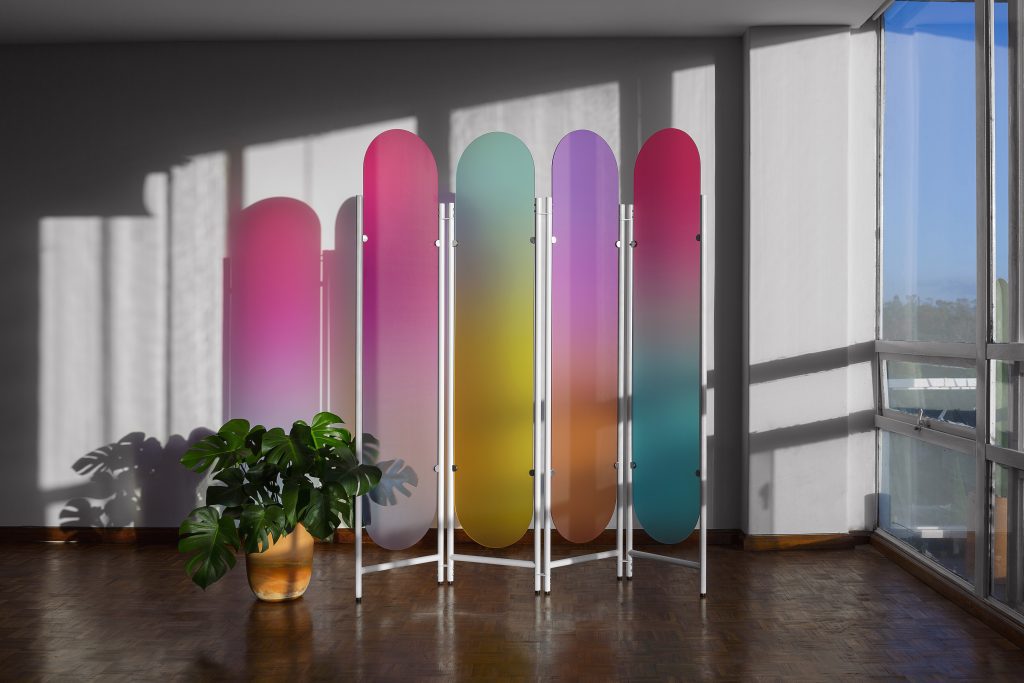

Rather than rejecting function entirely, the Aesthetic Movement sought to elevate everyday objects through artistic enhancement, embracing the idea that beauty could be inherent in all things. Room dividers, adorned with painted panels, embroidered fabrics, and stained glass, embodied this shift.The era’s belief in The House Beautiful sparked a revolution in interior design, pushing the notion that beauty was essential in all aspects of life—not just in the fine arts, but in everyday objects. Room dividers became a perfect representation of this shift, where form and function coexisted, with an emphasis on the sensory and the beautiful in all things.


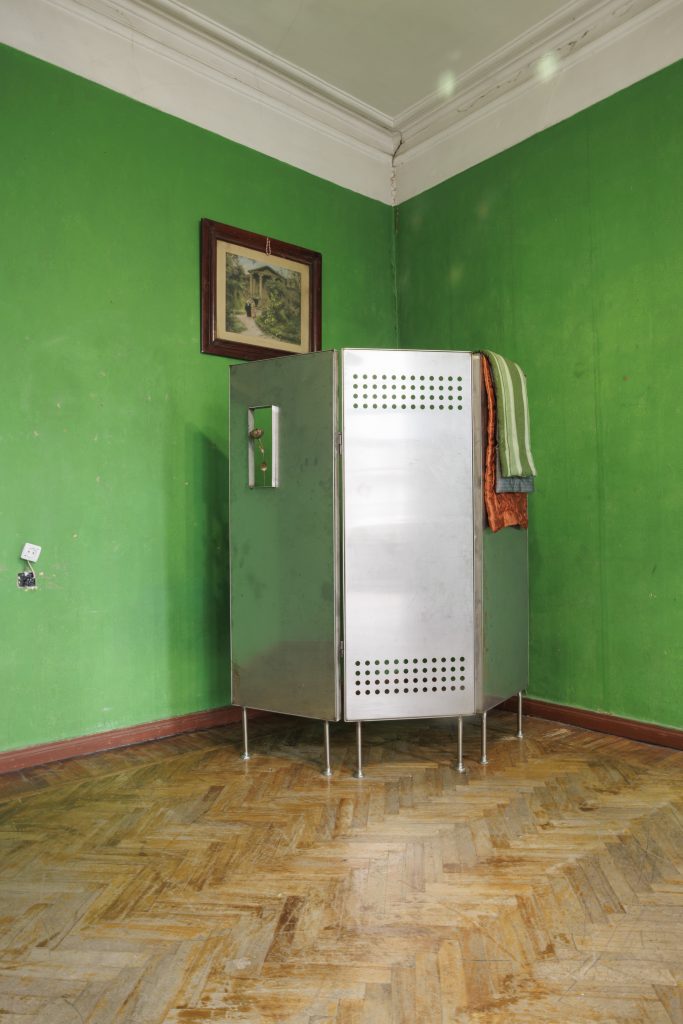



Room Dividers in Contemporary Design
In the 21st century, room dividers continue to evolve, adapting to the complex demands of modern life. Urban living, the need for multifunctional spaces, and a growing focus on sustainability have all contributed to the reinvention of dividers in contemporary design. Today’s designers recognize room dividers as mediators between competing spatial needs—privacy versus openness, flexibility versus structure, tradition versus innovation. As cities become more densely populated, room dividers offer creative solutions for carving out personal sanctuaries within shared environments. They continue to serve as relevant tools for negotiating spatial division, catering to both privacy and community in an increasingly interconnected world.
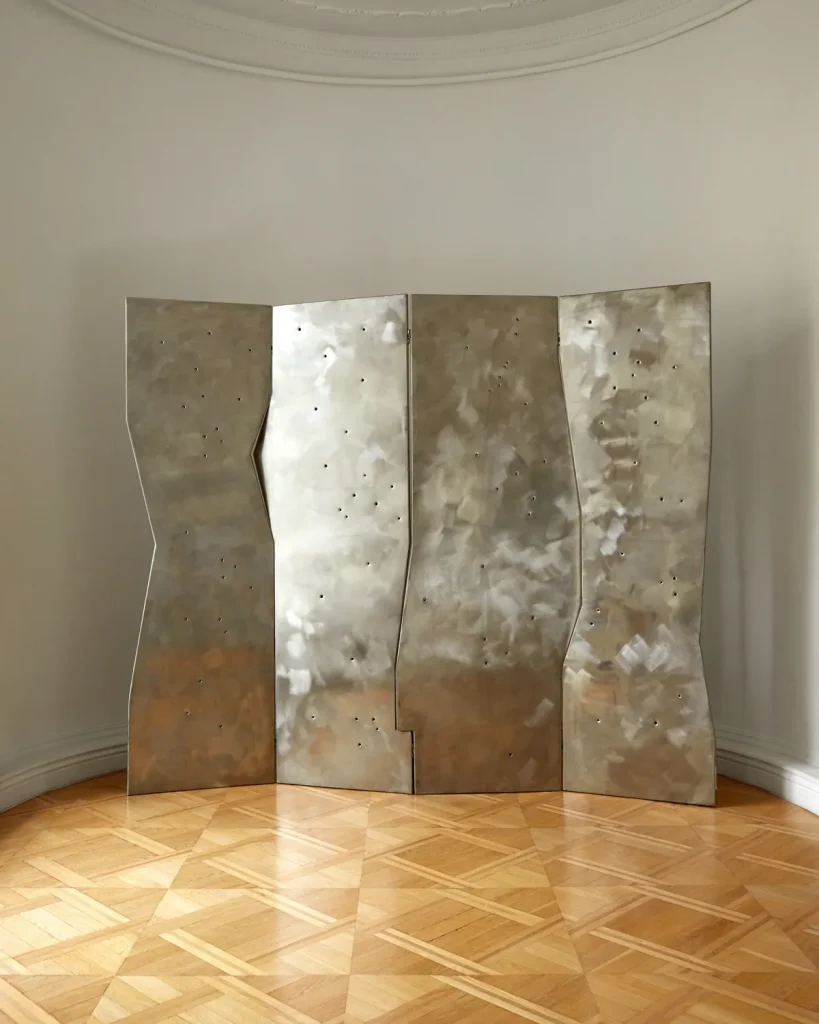

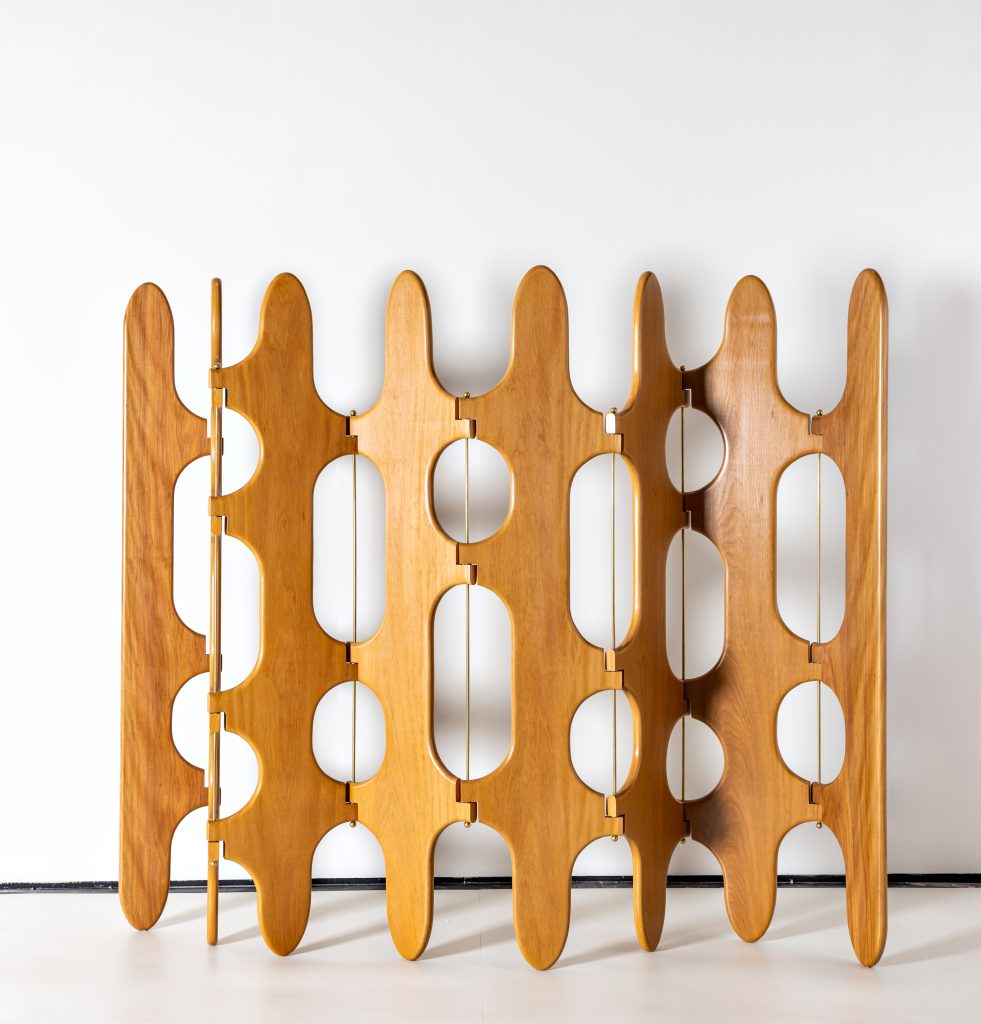

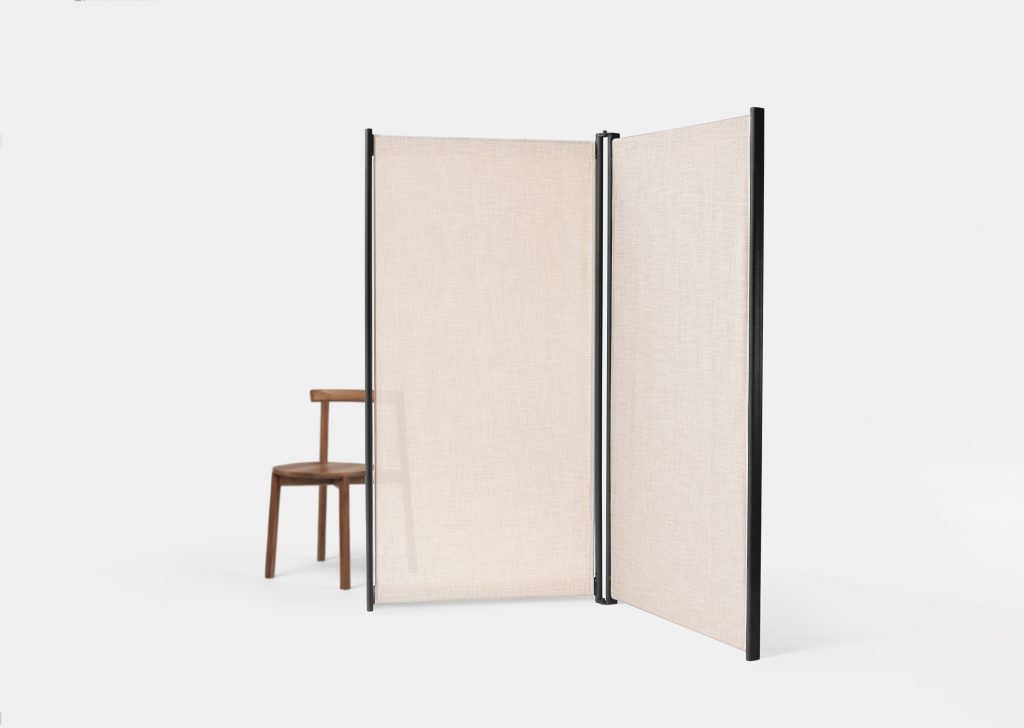

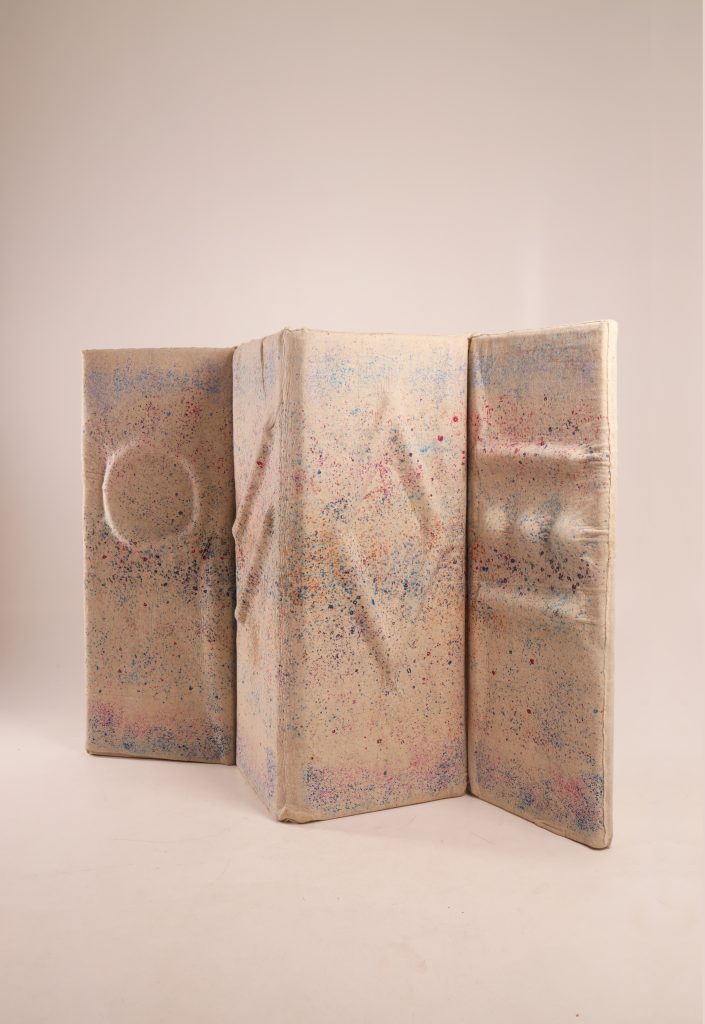

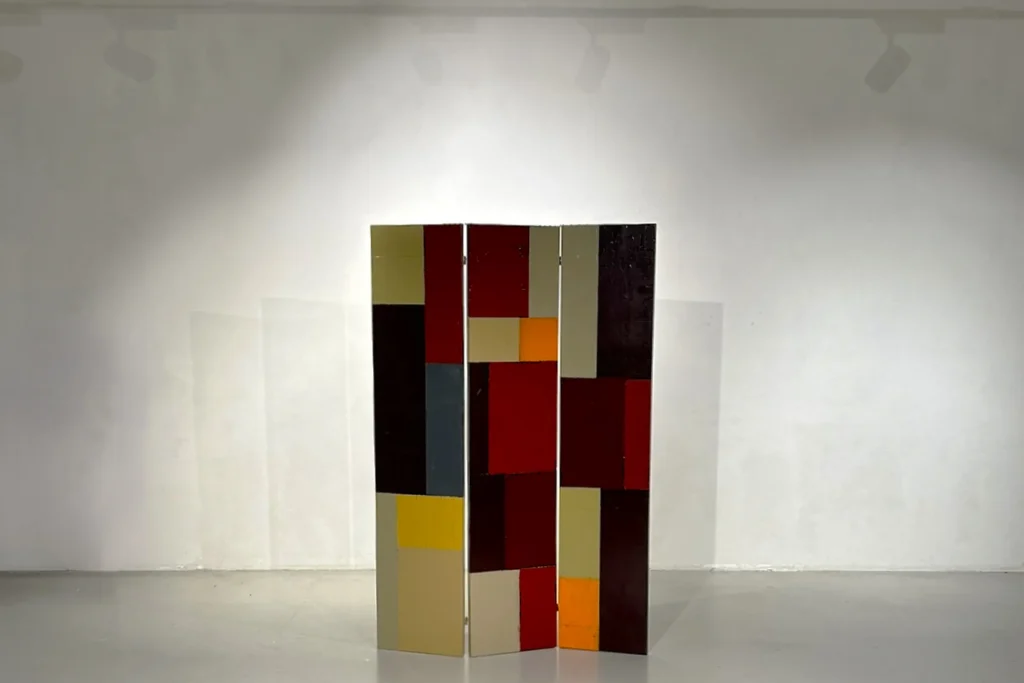

Dividers at the Intersection
The history of room dividers reveals the complex intersections between function and aesthetics, Eastern and Western design philosophies, aristocratic taste and democratic access. Rather than simply merging disparate traditions, these objects embody the tensions between them, acting as physical manifestations of cultural exchange—both inspiring creativity and challenging appropriations.
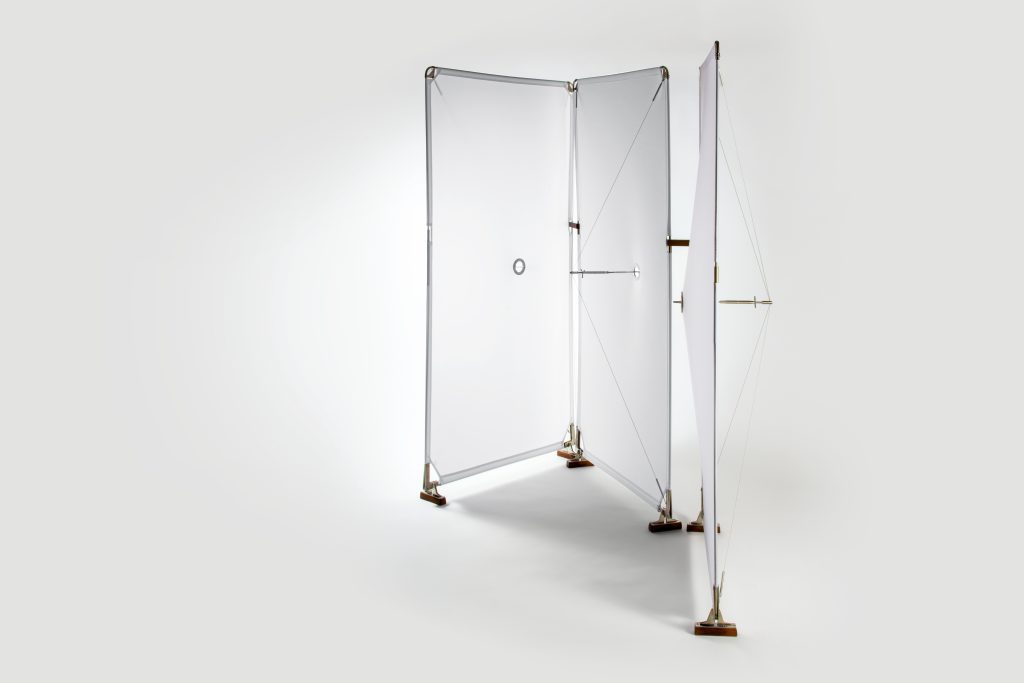

-

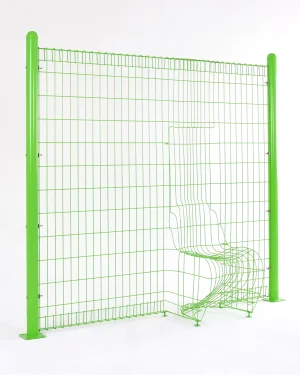 Invisible Panton Chair
Invisible Panton Chair -

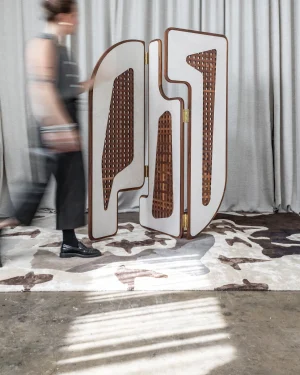 B D | Room Divider
B D | Room Divider -

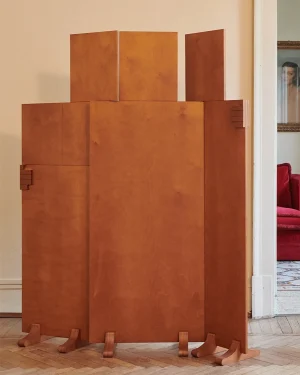 Fp Line – Pino Collection – Room Divider
Fp Line – Pino Collection – Room Divider -

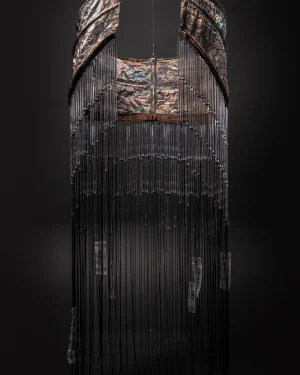 Vittoria
Vittoria -

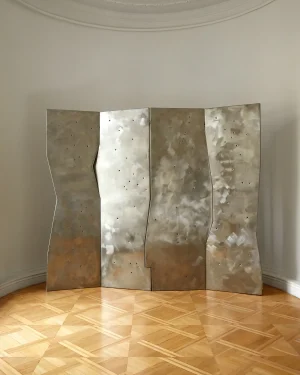 Echo
Echo -

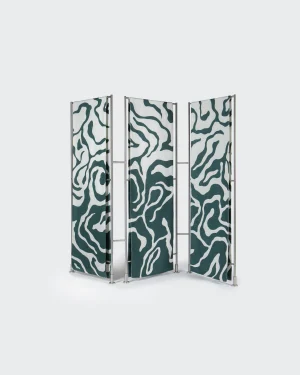 Quattro – Removable Textile / Steel Room Divider
Quattro – Removable Textile / Steel Room Divider -

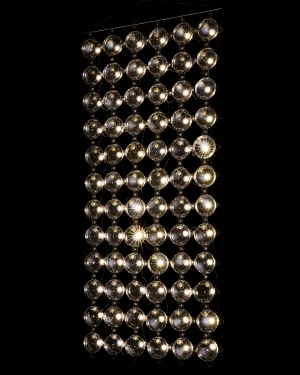 Bubbles Lighting Divider
Bubbles Lighting Divider -

 Riot Shield – Stainless Steel Screen
Riot Shield – Stainless Steel Screen -

 Soundproof Felt Screen – Natural Sheep Wool
Soundproof Felt Screen – Natural Sheep Wool -

 Practice Room Divider – Upcycled Wood
Practice Room Divider – Upcycled Wood -

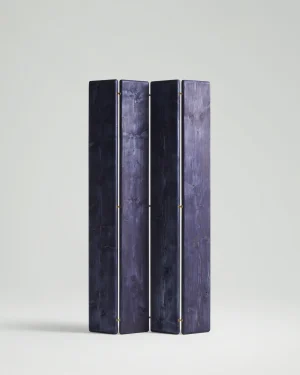 Timber – Pine Wood Room Divider
Timber – Pine Wood Room Divider -

 Invisible Chair No. 1 – Steel Wall Chair
Invisible Chair No. 1 – Steel Wall Chair
